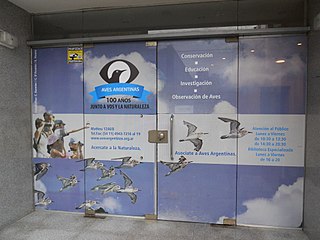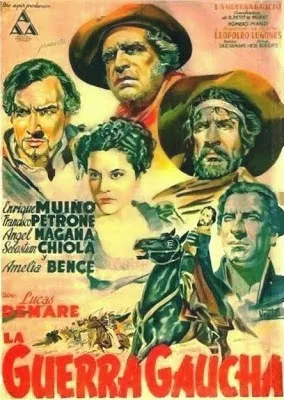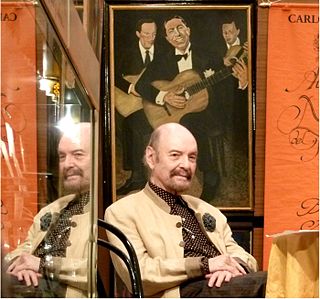This article has multiple issues. Please help improve it or discuss these issues on the talk page . (Learn how and when to remove these template messages) (Learn how and when to remove this template message)
|
Tito Narosky | |
|---|---|
 | |
| Personal details | |
| Born | June 6, 1932 (age 87) Lanús, Buenos Aires, Argentina |
Tito (Samuel) Narosky (born June 6, 1932) [1] is an Argentine ornithologist and writer. Of the 20 books he has authored or co-authored, Birds of Argentina and Uruguay, a Field Guide is the best known, with over 40,000 copies sold.

Argentina, officially the Argentine Republic, is a country located mostly in the southern half of South America. Sharing the bulk of the Southern Cone with Chile to the west, the country is also bordered by Bolivia and Paraguay to the north, Brazil to the northeast, Uruguay and the South Atlantic Ocean to the east, and the Drake Passage to the south. With a mainland area of 2,780,400 km2 (1,073,500 sq mi), Argentina is the eighth-largest country in the world, the fourth largest in the Americas, and the largest Spanish-speaking nation. The sovereign state is subdivided into twenty-three provinces and one autonomous city, Buenos Aires, which is the federal capital of the nation as decided by Congress. The provinces and the capital have their own constitutions, but exist under a federal system. Argentina claims sovereignty over part of Antarctica, the Falkland Islands, and South Georgia and the South Sandwich Islands.

Ornithology is a branch of zoology that concerns the study of birds. Several aspects of ornithology differ from related disciplines, due partly to the high visibility and the aesthetic appeal of birds.
Contents


Narosky has studied and observed wild birds for more than 50 years, having made over 200 field trips and published hundreds of scientific papers and articles. He is closely associated with Aves Argentinas, the Argentine partner of BirdLife International since 1967, of which he is honorary president. He conducted their first birdwatching courses, edited the journal El Hornero and created the Argentinian Naturalist School. He added five new bird species for the country and one new to science: the white-collared seedeater, as well as records of previously unknown nests. In 2010 he presented the 16° edition of his classical Field Guide and the official Checklist of the Birds of Argentina (with Horacio Matarasso). He is president of the Scientific Assessor Committee of the South American Bird Fair

Aves Argentinas / Asociación Ornitológica del Plata, is an Argentine non-profit environmental organization dedicated to conservation and birdwatching. Created in 1916, it is the oldest environmental organization in South America.
BirdLife International is a global partnership of conservation organisations that strives to conserve birds, their habitats, and global biodiversity, working with people towards sustainability in the use of natural resources. It is the world's largest partnership of conservation organisations, with over 120 partner organisations.

Birdwatching, or birding, is a form of wildlife observation in which the observation of birds is a recreational activity or citizen science. It can be done with the naked eye, through a visual enhancement device like binoculars and telescopes, by listening for bird sounds, or by watching public webcams.















